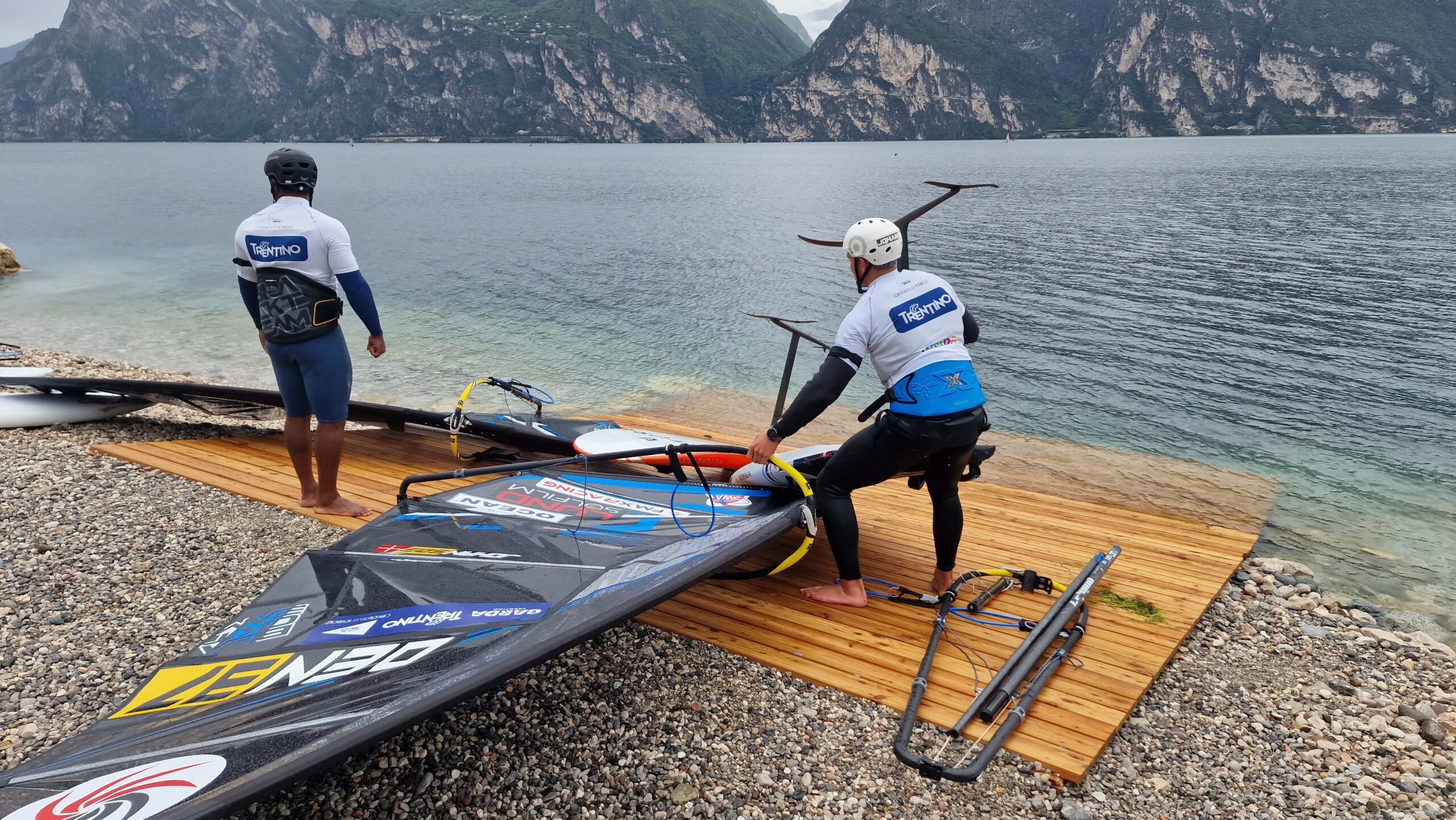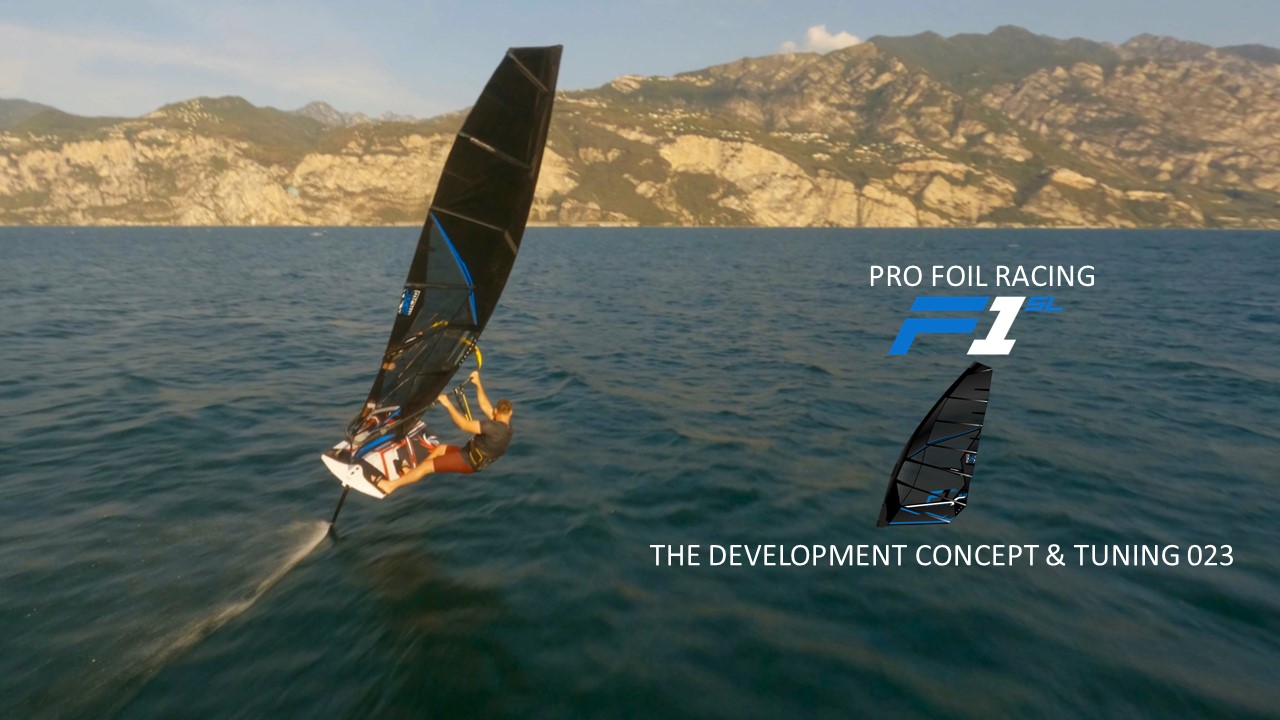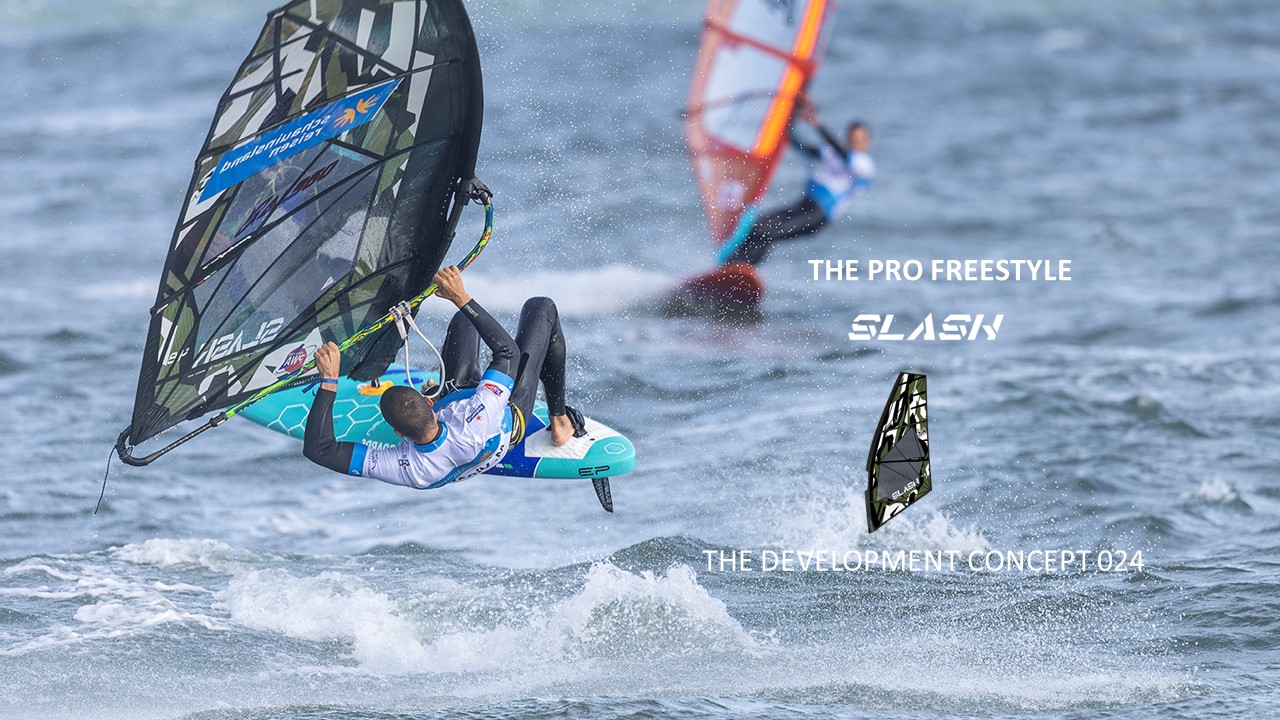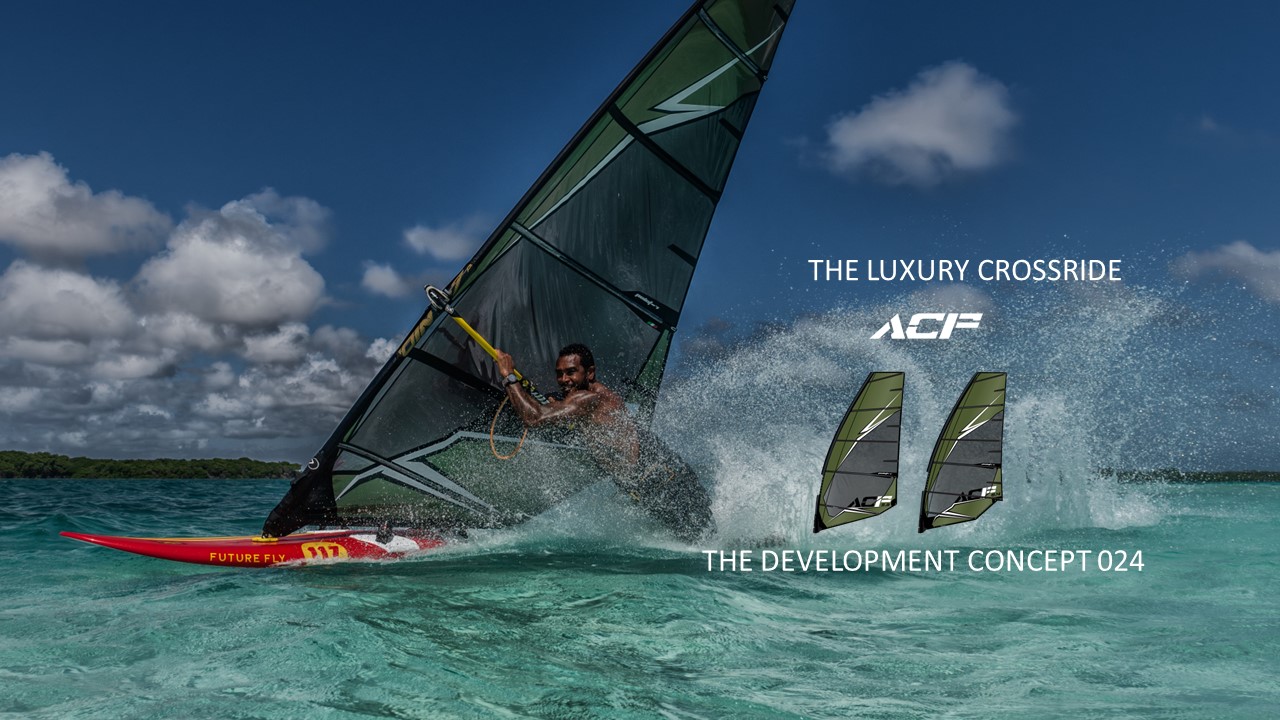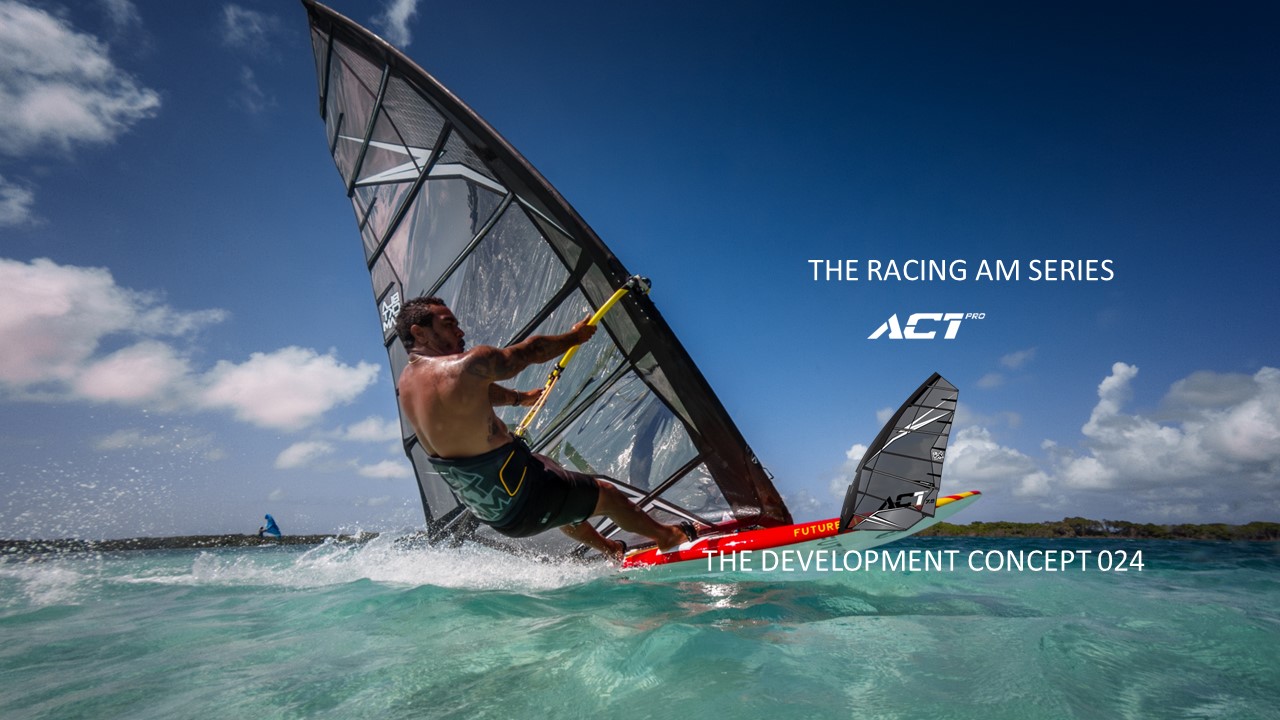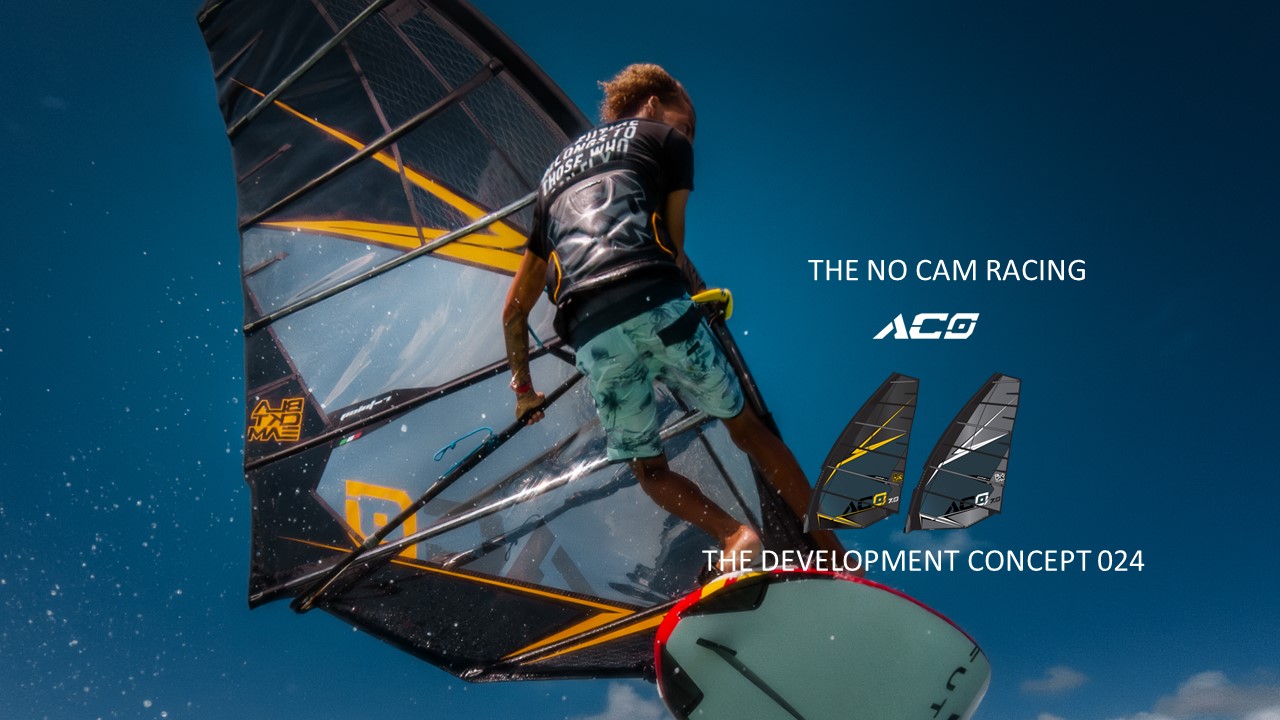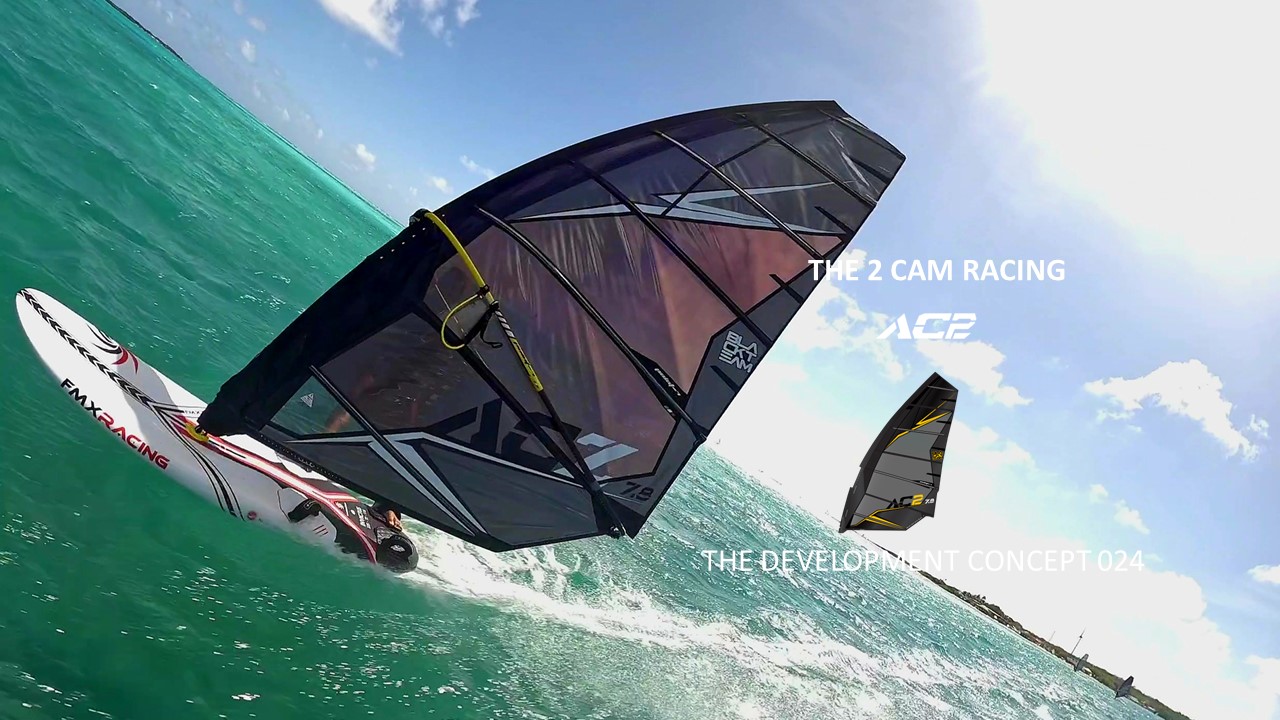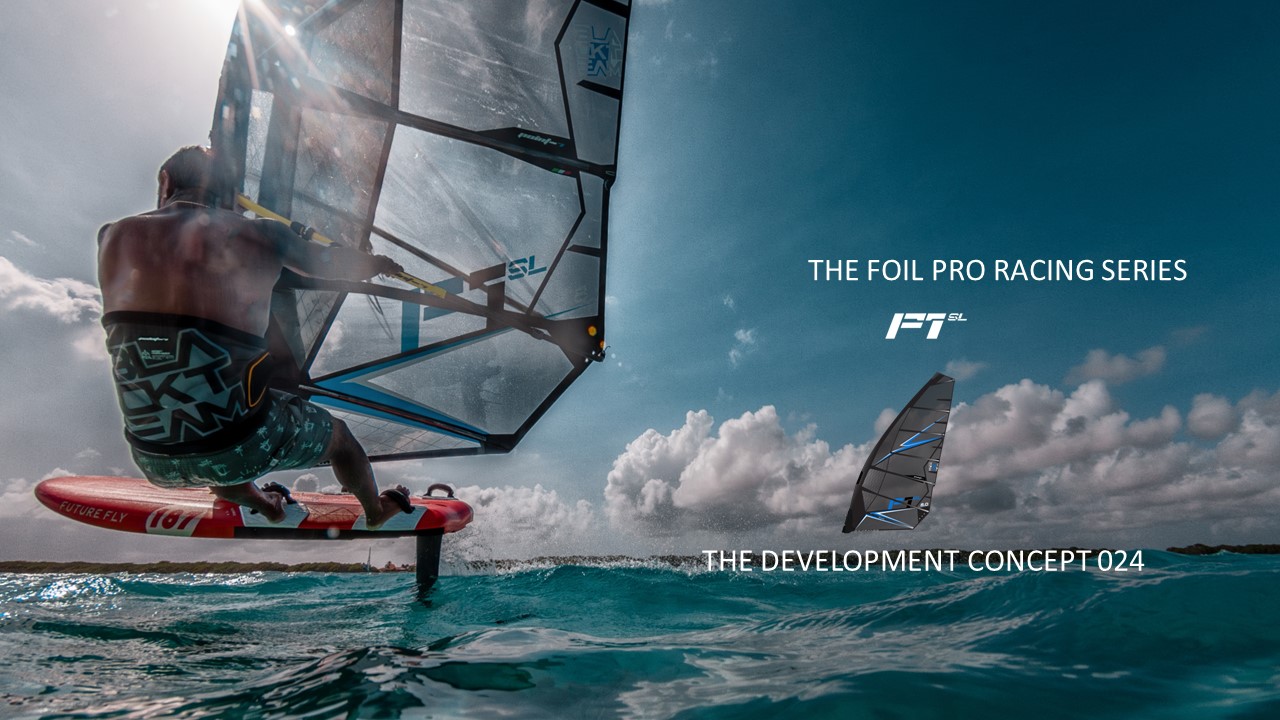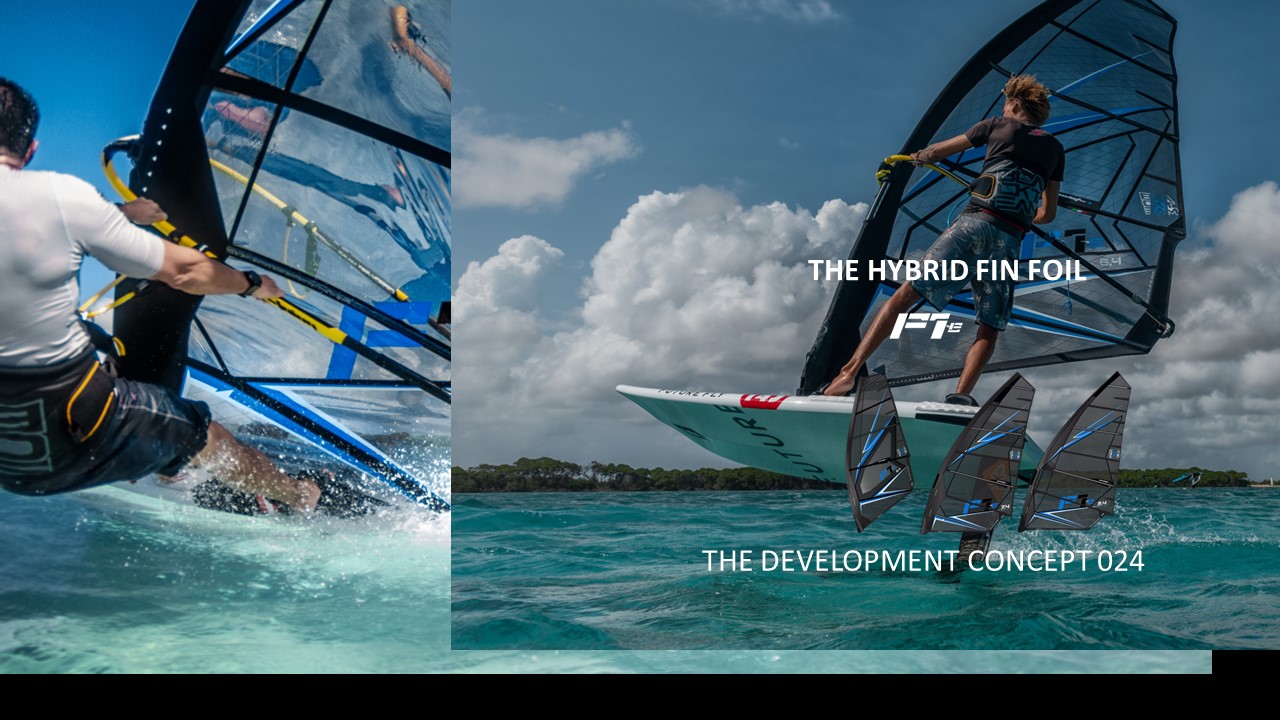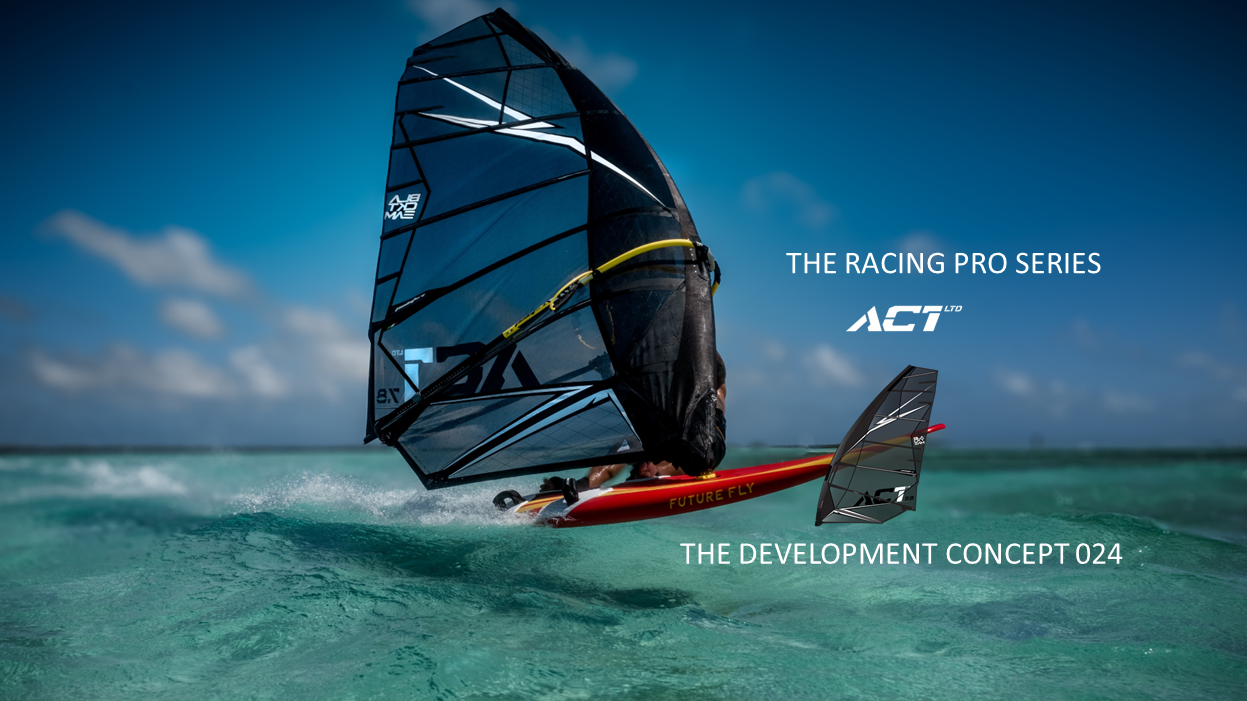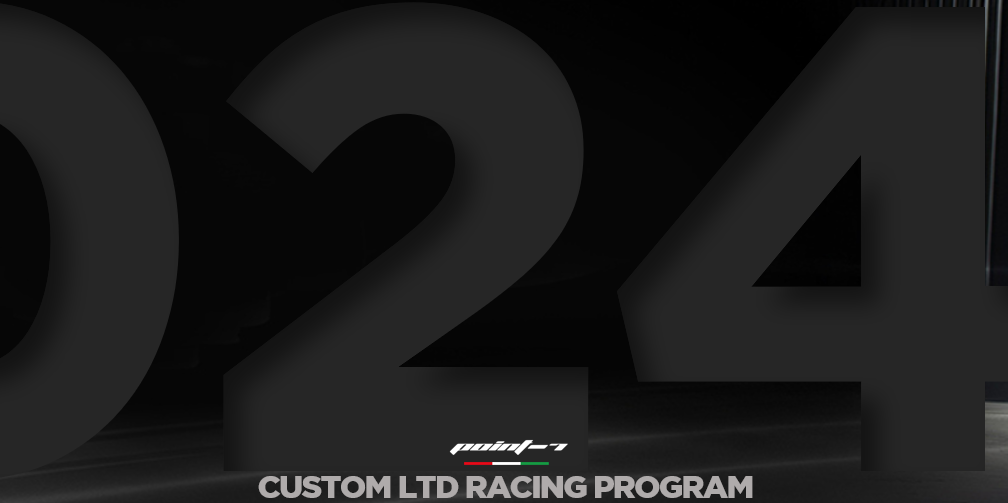F1 SL: a total revolution for 023. (Includes tuning tips).
Foil sail development went in all directions. At the beginning to understand what would work best on the foil, the sails were looking still more like slalom sails, some were cutting the formula sail to be more high aspect as the race disciplines were not clear yet. The foils & boards themselves kept changing power and the sail had to follow the developments of those two components before they could be developed to a direction. There were no fixed points to work from.
Course racing was taken over by the Olympic Class, becoming its own world as every windsurfing Olympic class in the past, and foiling in the real world, turn out to be more long distance racing or slalom. As this was set and the pro -riders had more clear what sizes of foil and boards they would use, and in which conditions, it gave a real start to a proper sail development.
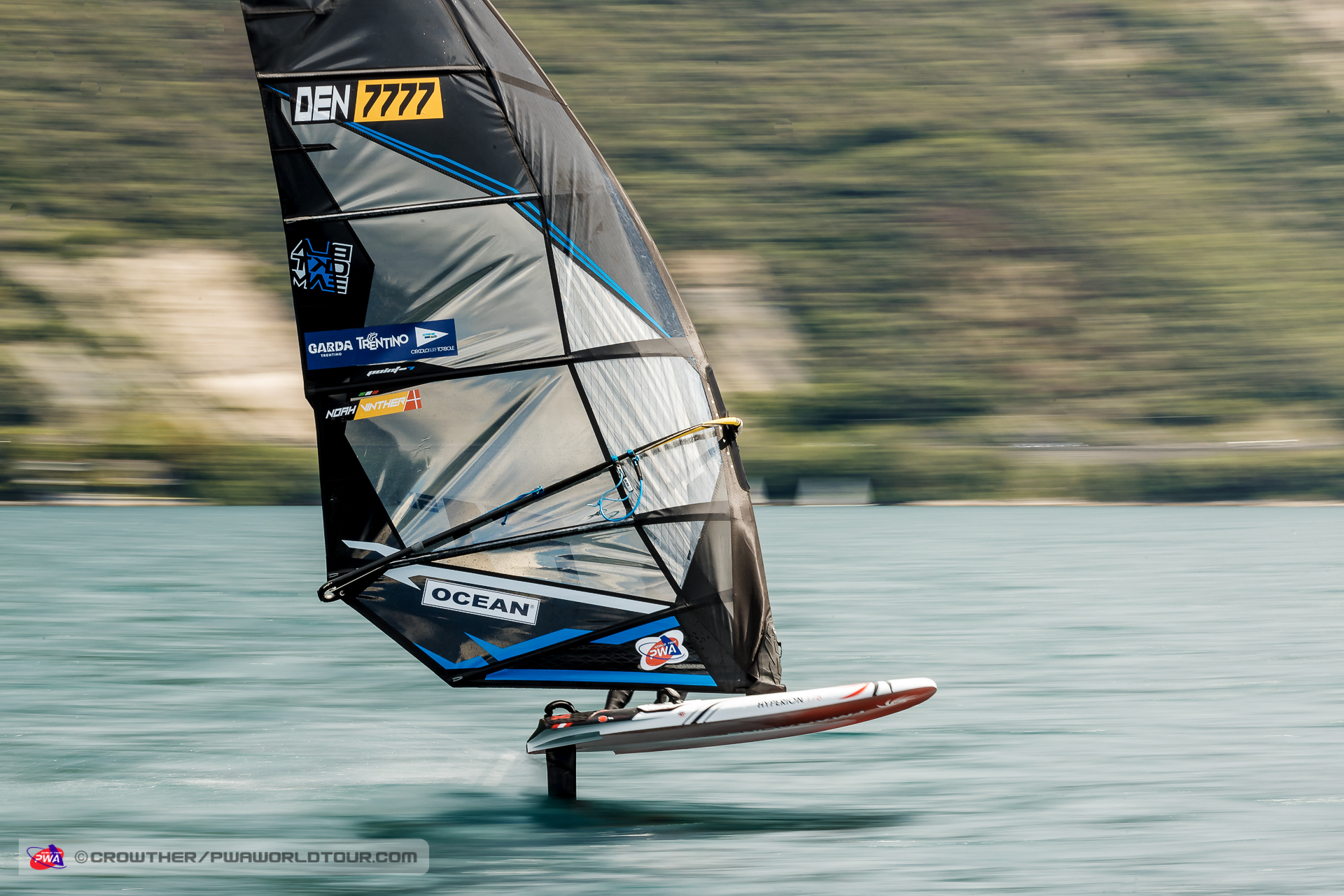
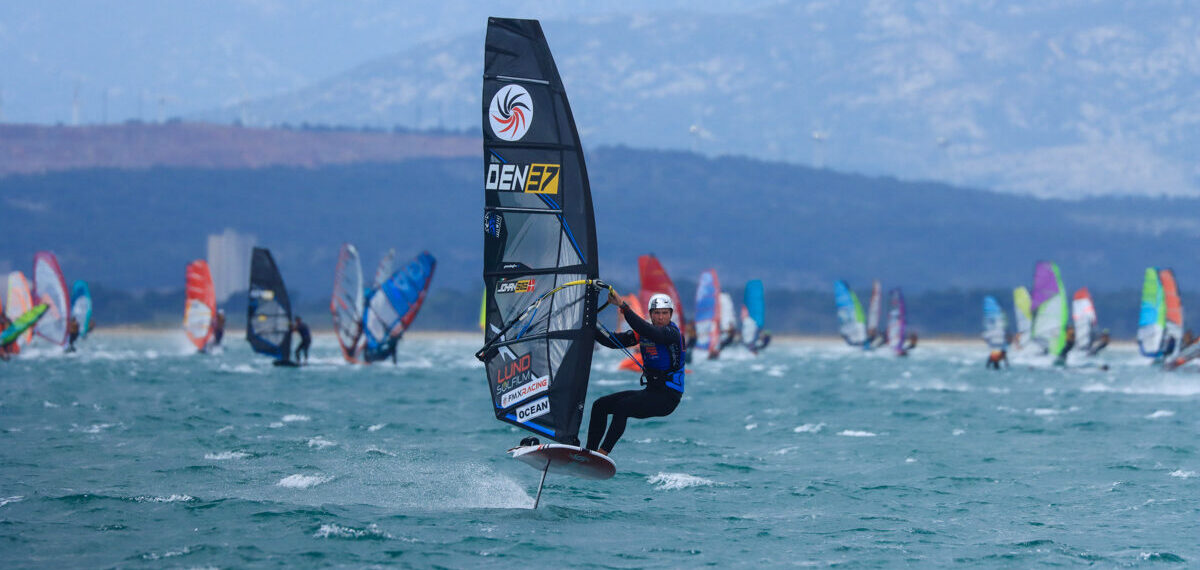
A windfoil sail concept is very different to a windsurfing sail. We really like to differentiate windfoiling and windsurfing as they are just 2 different sports. When you develop the sail you really understand this.
When foiling, all the back hand pressure needs to disappear as you don’t want to push on the foil as you would normally do on a fin. So the whole power concept is opposite.
In ‘easy words’, each part of a foil sail against a fin sail, has to be less a compromise between power and comfort. You fly over waves and chop, and the only variable the sail feels is the wind and not the continuous impacts on the water: the foil sail needs to focus less on power but more on just not creating drag, as power comes from the foil.
WHAT DOES THIS MEAN?

It means reducing drag and making sure that the sail is cutting through the wind smoothly and fast without giving power to the back hand, having it perfectly neutral in the hands, without pulling forward or back. There is lots of depower from a much more closed central leach, flat entry and wider sleeve for less drag, stiffer battens to have no profile increase in gusts, and an outline focusing on speed and not on power. It sounds pretty simple to do, but on a foil, 1mm of mistake on the project, a batten too over tensioned on a sail, makes a difference. You are sailing such on a precise balance, over air, in a smooth condition, that if something is out of place, you feel it immediately. Spotting every millimeter takes years of experience on sail development and at Point-7 it has been a total motivation to create again the best possible sail to be at the top. Johan Soe has proven this at the PWA and Defi Winds events, where with his young age, less experience, once again, Point-7 was able to bring a new talent on the podium with it’s products.
When you work on a foil sail, and then go back to develop a fin sail, the head has to switch completely to another idea as all looks strange. It’s the same for top riders when they switch in events from fin to foil. It’s so different that it takes them a while from being balancing to the front on a foil, to pushing all they can to the back on a fin.
To finalize our 2023 F1sl racing range we have never stopped the development but from 2022 to 2023 we have been producing over 15 protos with at least 5-6 recuts on each one of them. Each size is completely new.
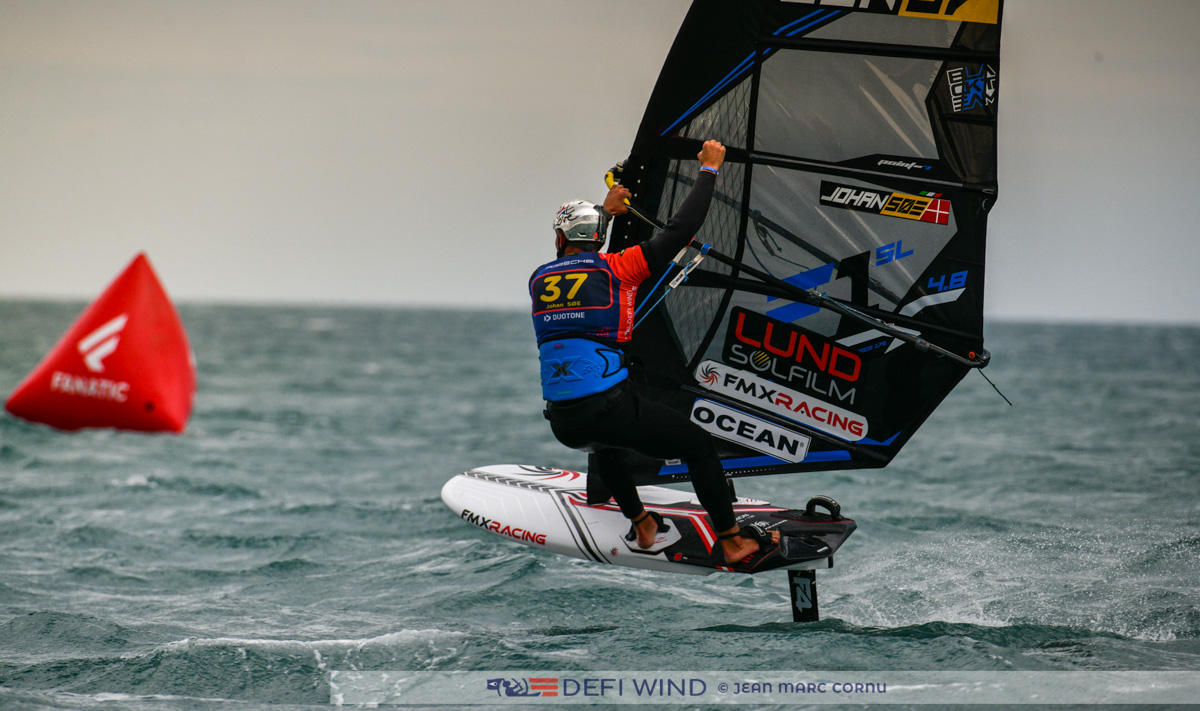
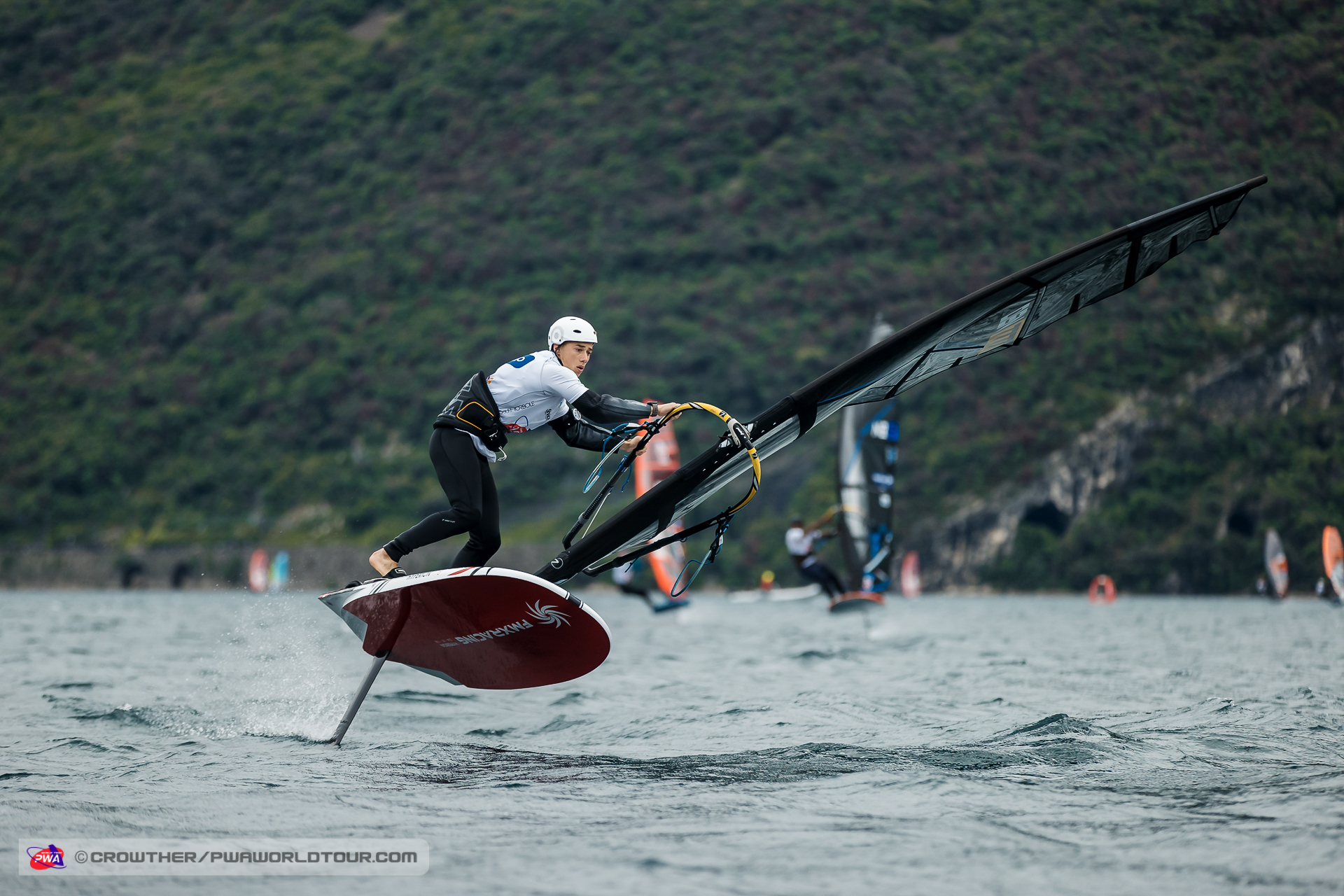
IS THE SAIL TUNED WHEN IT ARRIVES? It is tuned and you can rig it and go, but if you’d like to tune it like the pros do, here are the tips how are Point-7 Black Team does it.
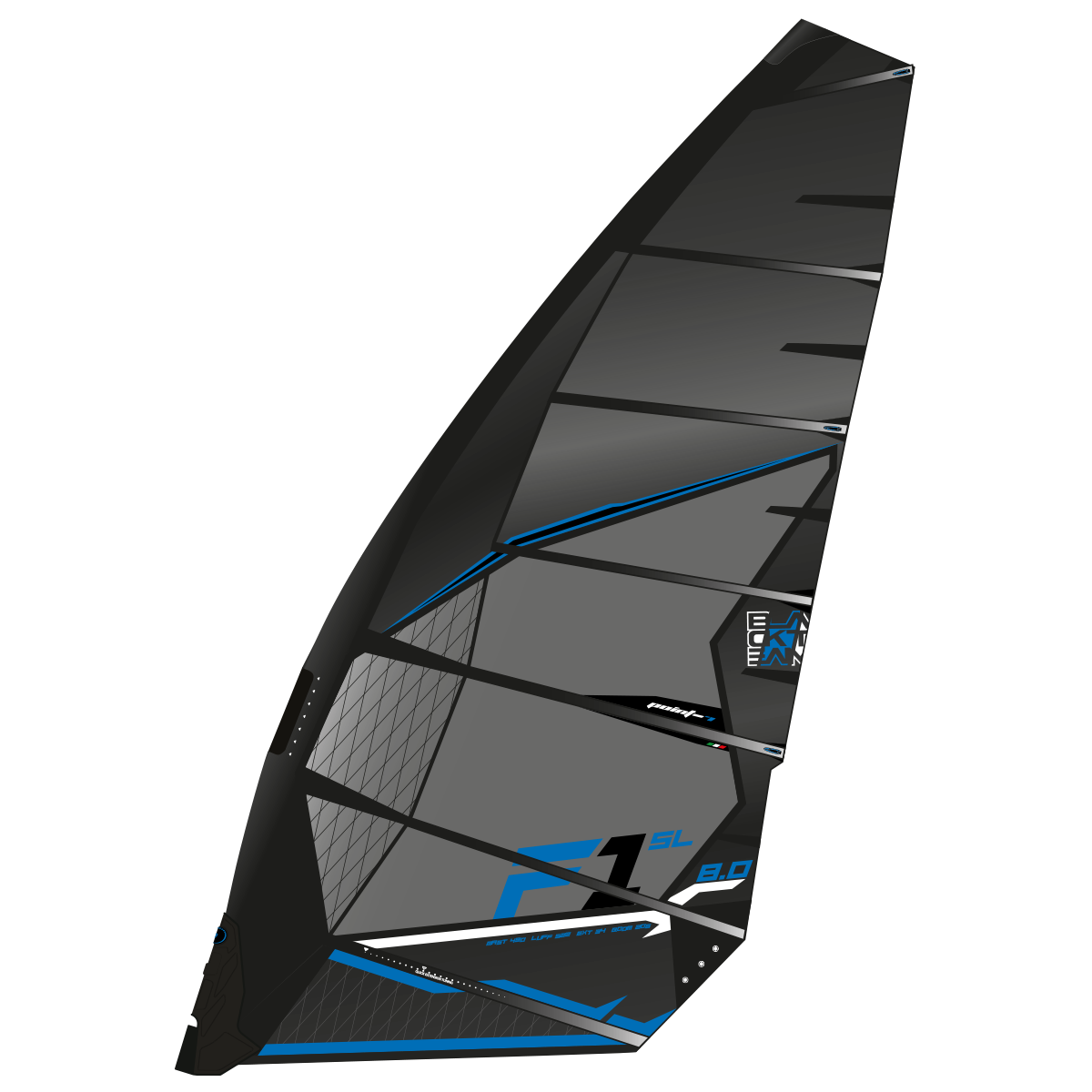
BATTENS: Battens are named by counting them by starting from the top.
Pros like to make sure that batten 4 and 5, have no tension at all. The less tension the better it is. You keep profile of these battens flat at the back, the faster the exit for the wind and better the S-shaping of the sails will work. Once you turn the key and feel some tension, stop there. So release them all, and then turn the batten tensioner till you feel the first tension and then you stop. If when you release the tension fully and still find that the batten has tension, as the pros do, take out the batten and cut at the back 5mm, and put it back in.
For batten 1, 2 and 3 counting from the top, these need to have 2-3 full turns from when you feel the first tension from tightening the battens. The best way to do this, is to release the full tension from the batten tensioner. Then once it’s fully released, start putting batten tension, when you feel the first tension on 4 and 5, you would stop, for on 1,2 and 3 you give 3 extra turns, for 6 and 7 which are the two lowest battens you give also not more than 3 rounds of tension. So if on 4 and 5 you don’t want tension, so that the profile of the battens keep straight to allow s-shaping, for 1-3 you give more tension in order to help the mast bend at the top more, and batten 1 also creates a winglet effect. The lowest 2 battens just need also to follow the strong profile of the sail, and not more. If you over do the lower 2 battens you will limit S-shaping in strong wind, and cam rotation will stiffen up for no reason.
CAM SPACERS: The spacers are loaded the way they should but the pros prefer to take out further the pressure even if the cam seems not to touch the mast, to have a flatter and faster entry.
Top Cam of 8.8 and 7.8: Take out a spacer. On 6.8 take out two spacers from the top cam.
DOWNHAUL TENSION: Follow the instructions do not over downhaul the tension. Make sure that the leach looks nice and constant.
ENJOY IT and 0.7!
